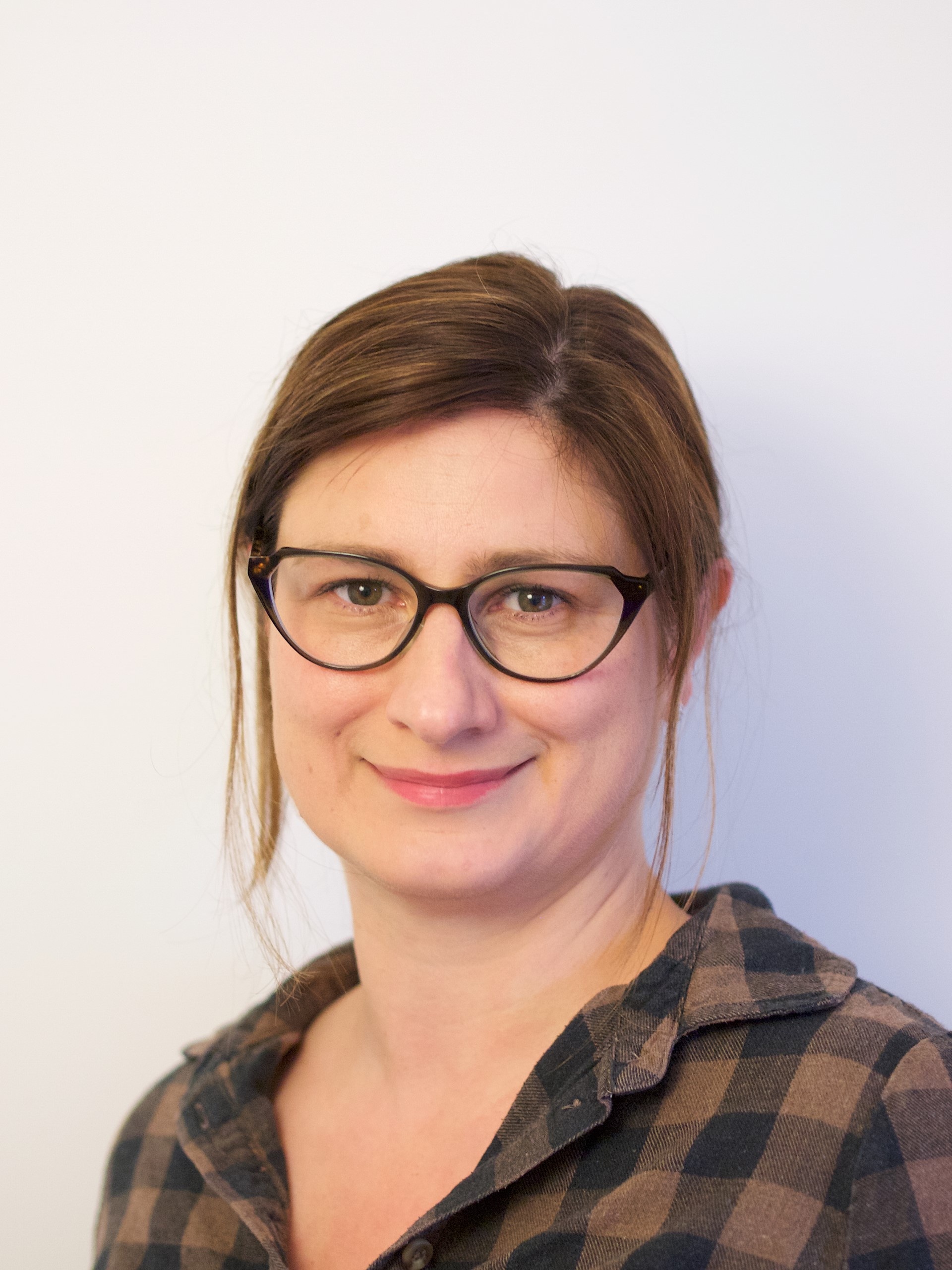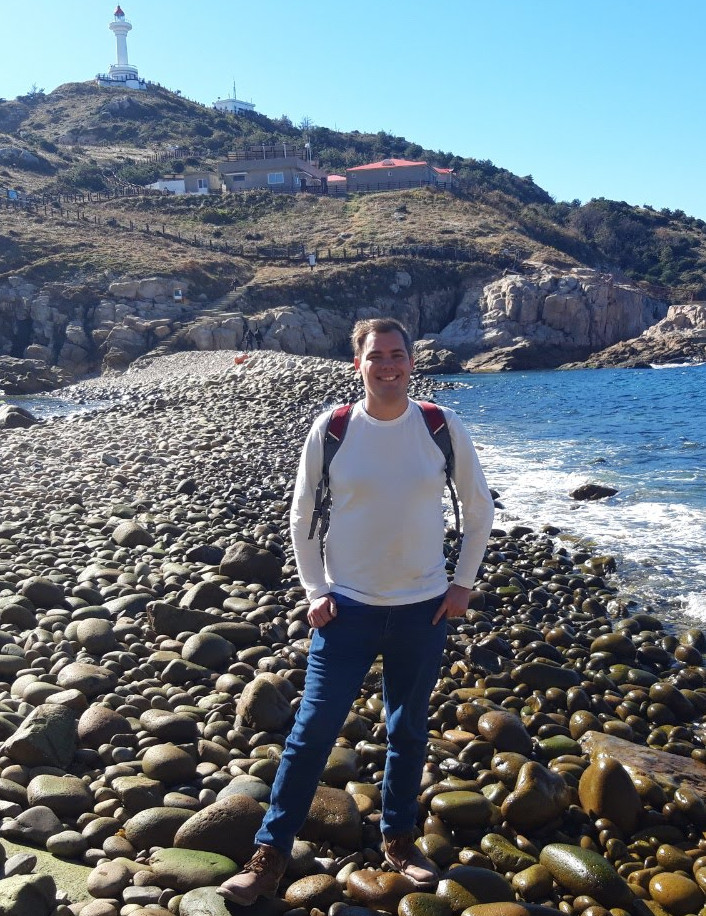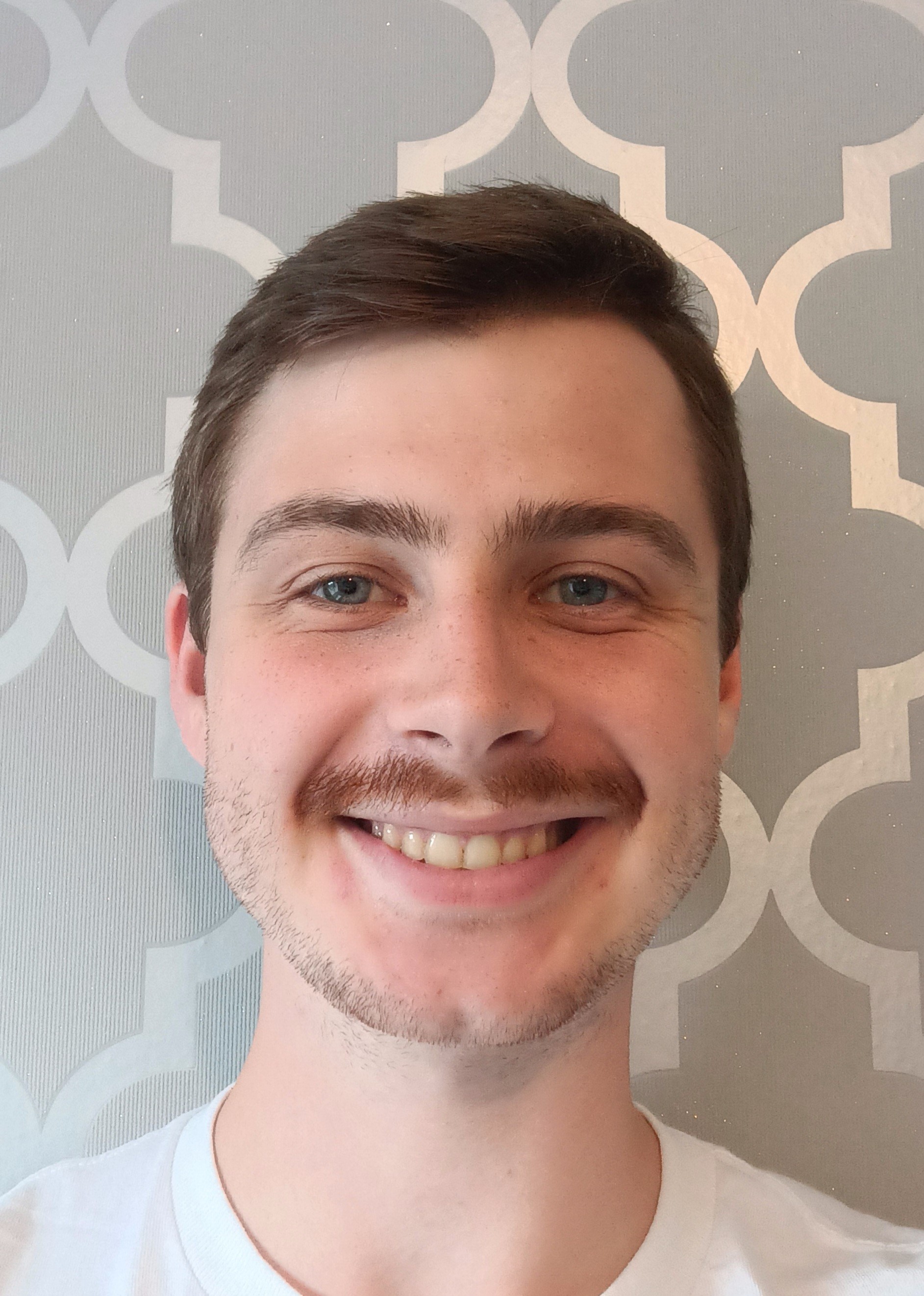Click on a name for further information and contact details. The root of the email addresses is "@nottingham.ac.uk"

Nina researches the formation of galaxies and clusters of galaxies in the distant Universe and the intracluster light that resides within clusters.

Steven is primarily interested in the links between the morphology, star-formation and assembly histories of galaxies, and particularly the competition between internal and environmental processes in producing the present-day galaxy population. He studies galaxy morphologies in large surveys both visually, via the Galaxy Zoo project, and quantitatively, by developing novel techniques to decompose galaxy structures.

Frazer specialises in the theory of the formation of structure in the Universe. In particular he models the evolution of clusters of galaxies using some of the worlds largest parallel supercomputers. He also has interests in X-ray emission from clusters and the feedback of energy due to supernovae explosions. For further details see: Astrophysical simulation at Nottingham.

Callum works on the evolution of galaxies within clusters, and is currently exploring the use of the Euclid space telescope to map intracluster light. Callum also work on jellyfish galaxies and the spectacular ram-pressure stripping interactions experienced by galaxies infalling into clusters, exploring the varied effects on their morphologies, composition and kinematics.

Jesse works on projects with the goals of understanding the formation and evolution of the most massive galaxies in the universe and the underlying connection to their dark matter halos. To do this, Jesse takes advantage of all available stellar information, in particular the diffuse intracluster light and then uses this data along with Bayesian statistical methods. Currently, the primary focus of Jesse's research is using Euclid observations to understand the formation and evolution of the intracluster light and what it can tell us about galaxy evolution and the cluster's dark matter halo.

Garreth's research interests lie in both observational and theoretical extragalactic astronomy, including hydrodynamical simulations, large surveys and machine-learning techniques. Garreth is interested in galaxy morphology, galaxy-black hole co-evolution and low-surface-brightness science including galaxy tidal features and intracluster light. Garreth chairs the morphology working group within the LSST Galaxies Science Collaboration and is involved in developing efficient and robust techniques for automated classification of galaxies and the production realistic synthetic observations for various upcoming instruments.

